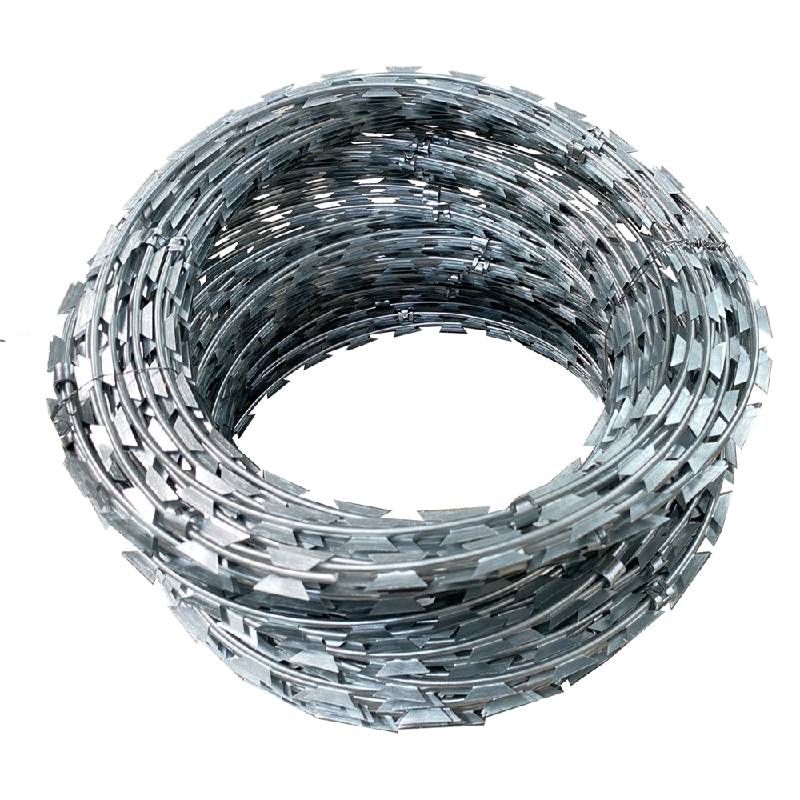Finding the Best Poles for Supporting Your Chicken Wire Fencing Projects and Ensuring Strong Security
Understanding the Importance of Poles for Chicken Wire Fencing
When it comes to poultry farming or backyard chicken keeping, ensuring the safety and well-being of your flock is paramount. One of the most effective ways to do this is by installing chicken wire fencing. However, the success and durability of such fencing largely depend on the materials used, particularly the poles that support the chicken wire. In this article, we will explore the importance of poles for chicken wire, the types available, and best practices for installation.
The Role of Poles in Chicken Wire Fencing
Poles act as the backbone of any chicken wire fence. They provide the necessary structure and stability to keep the fencing upright and secure. Without sturdy poles, the chicken wire would sag or become loose, exposing birds to potential predators and allowing them to escape. Thus, selecting the right type of poles is crucial for creating an effective enclosure.
Types of Poles
There are several types of poles that can be used for chicken wire fencing, each with its own pros and cons
1. Wooden Poles Traditionally, wooden posts are a common choice for chicken wire fencing. They offer a natural aesthetic and can blend well into a rural environment. However, wooden poles can be prone to rot and insects, which can shorten their lifespan. To prolong their durability, it's advisable to treat the wood with preservatives.
2. Metal Poles Galvanized steel or wrought iron poles provide exceptional strength and longevity. They are resistant to rust and environmental damage, making them ideal for long-term setups. Though they may be more expensive than wooden poles, their durability can justify the investment over time.
3. PVC Poles For those seeking a lightweight and easy-to-install option, PVC poles can be an attractive choice. They won’t rust or rot, and their smooth surface can prevent injuries to chickens. However, their strength may be a concern in areas with high winds or heavy snow.
poles for chicken wire

Best Practices for Installation
To ensure a robust chicken wire fence, proper installation of the poles is essential
. Here are some best practices to consider1. Spacing Generally, poles should be spaced about 6 to 8 feet apart, depending on the type of fence and the overall design. Closer spacing can provide additional strength, especially in areas where wildlife is prevalent.
2. Depth When setting the poles in the ground, aim for a depth of at least 1/3 of their total length. For example, a 6-foot pole should be buried at least 2 feet deep to provide stability.
3. Concrete Footings For added strength, consider setting your metal or wooden poles in concrete. This ensures they remain upright and secure, particularly under challenging weather conditions.
4. Tensioning the Wire Once the poles are in place, carefully attach the chicken wire. Make sure to tension the wire properly to prevent sagging, which can lead to vulnerabilities in the fence.
5. Regular Maintenance Periodically check the condition of both the poles and the chicken wire. Look for signs of wear, rust, or rot, and make necessary repairs to maintain a secure environment for your chickens.
Conclusion
In summary, poles are an integral part of any chicken wire fencing system. They provide the essential framework that keeps your chickens safe from predators and prevents unexpected escapes. By choosing the right type of poles and following best installation practices, you can create a durable and effective enclosure for your flock. Investing time and resources into building a strong fence will pay off in the long run, ensuring the health and happiness of your chickens.
-
Space-Saving Chain Fence Hacks Vertical Gardening with Cyclone MeshNewsJul.16,2025
-
Innovations in Iron Nail Wire Production for Modern ConstructionNewsJul.16,2025
-
Creative Uses of Wire Netting Fence in Modern Landscape DesignNewsJul.16,2025
-
Barbed Wire Fence Innovations in Anti-Climb TechnologyNewsJul.16,2025
-
Architectural Uses of Umbrella Nails for Aesthetic Roof DesignsNewsJul.16,2025
-
Architectural Uses of Razor Barbed Wire in Secure Urban DesignNewsJul.16,2025




